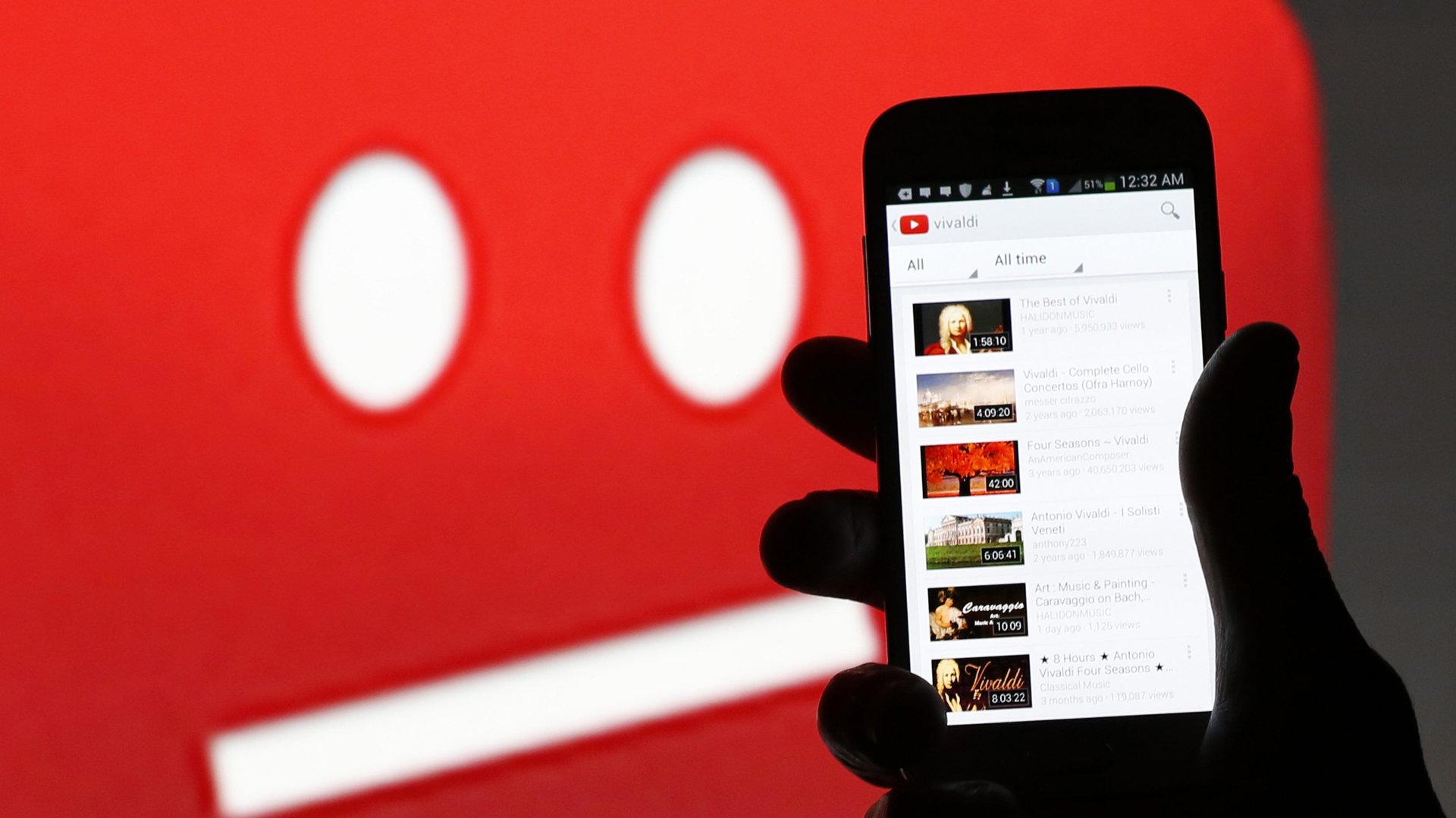YouTube is scrapping the dislike count for viewers—but the button is staying
YouTube is making its dislike count private to deter harassment. The button will stay, but the count won’t be visible to viewers.


YouTube is making its dislike count private to deter harassment. The button will stay, but the count won’t be visible to viewers.
The decision comes after a July 2021 experiment wherein the Google-owned platform gave viewers access to the dislike button, but hid the count from them. The data showed a reduction in “dislike attacking behavior,” YouTube said in a Nov. 10 blogpost. “We also heard directly from smaller creators and those just getting started that they are unfairly targeted by this behavior—and our experiment confirmed that this does occur at a higher proportion on smaller channels.”
So far, creators have been able to turn off both likes and dislikes—but that meant they couldn’t benefit from positive engagement either.
The latest change has started gradually rolling out globally.
Why the YouTube dislike button is staying
The dislike button is staying so users can still fine-tune their preferences and get recommendations accordingly. Also, content creators can continue accessing their dislike counts in YouTube Studio to understand how their content is performing. But the public display of these metrics is being removed to “create an inclusive and respectful environment where creators have the opportunity to succeed and feel safe to express themselves,” YouTube said in its statement.
The idea of reducing the public visibility of symbols that convey user sentiment isn’t unique to YouTube. Facebook an Instagram, for instance, tested hiding likes for a year starting in April 2019 to improve mental health of users. However, the Meta-owned apps found that removing likes didn’t take the pressure off people using the platforms, so they now let users decide whether to make their likes visible or not.
Is YouTube’s dislike count removal purposeful or performative?
Meanwhile, not everyone is buying into YouTube’s idea of this utopian internet. Ironically, YouTube’s own video outlining the change to dislikes had just 10,000 likes and more than 52,000 dislikes at the time of publishing.
Some joked that YouTube removed the feature out of spite, after its own 2018 Rewind video became the most hated video on the platform. Others raised more serious concerns around the suppression of freedom of speech and expression.
Not having the dislike count would take away context from viral content. It’s possible that the “highly controversial videos still get wildly popular but without an immediate indication as to why it might be controversial. Especially if comments are off,” a Twitter user wrote back in March, when YouTube first teased this revamp.
In the past, users have used the metric to identify content with “fishy, misleading, or had outright false information.”
Sometimes, people use dislike-bombing as a collective response to big organisations, like in the case of Nintendo Switch Online, which drew flak for a high price tag and buggy systems. Its video has 178,000 dislikes.
Moreover, the move could quickly be rendered redundant. People could comment “use me as a dislike button” below a video and see the count, one Twitter user pointed out. Another questioned if it will it really help with mental health if the creator can still see their dislike count?
What’s the alternative to removing dislike counts?
Back in 2019, then director of project management at YouTube, Tom Leung, said removing dislikes altogether isn’t “democratic” since “not all dislikes are from dislike mobs.” He suggested adding more granularity to downvotes, such as clicking a checkbox as to why you don’t like this video.
But “that’s complicated to build, complicated to collect, and then to relay the results to the creator in analytics or Creator Studio,” he said. And it appears that YouTube has abandoned any such effort, instead touting hiding the number of dislikes as “the right thing to do for the platform.”
Overall, YouTube seems to be dressing a small graze in the easiest way possible while it struggles to treat bigger wounds—stopping radicalization, extortion, animal abuse, and child predators—on its platform.